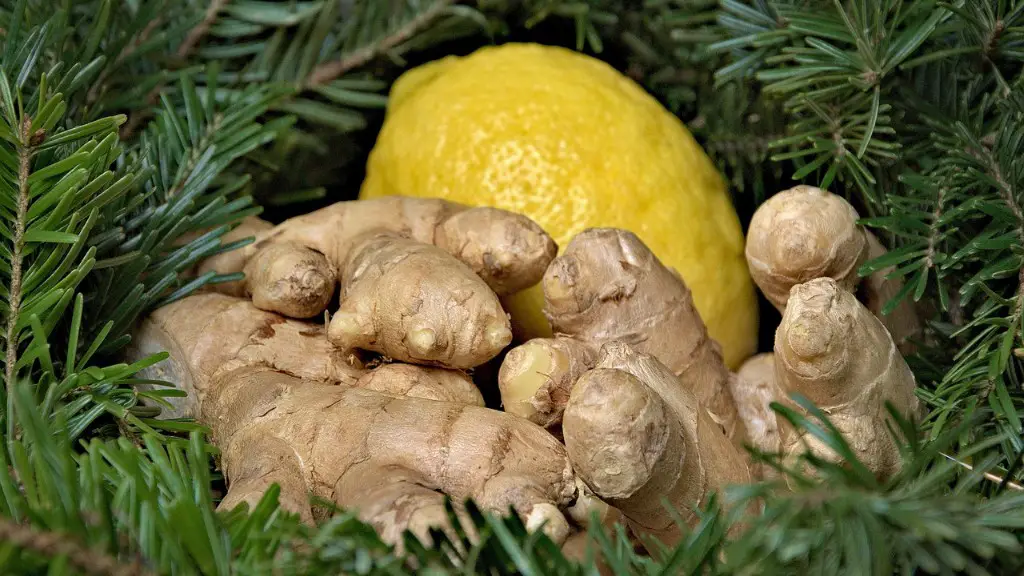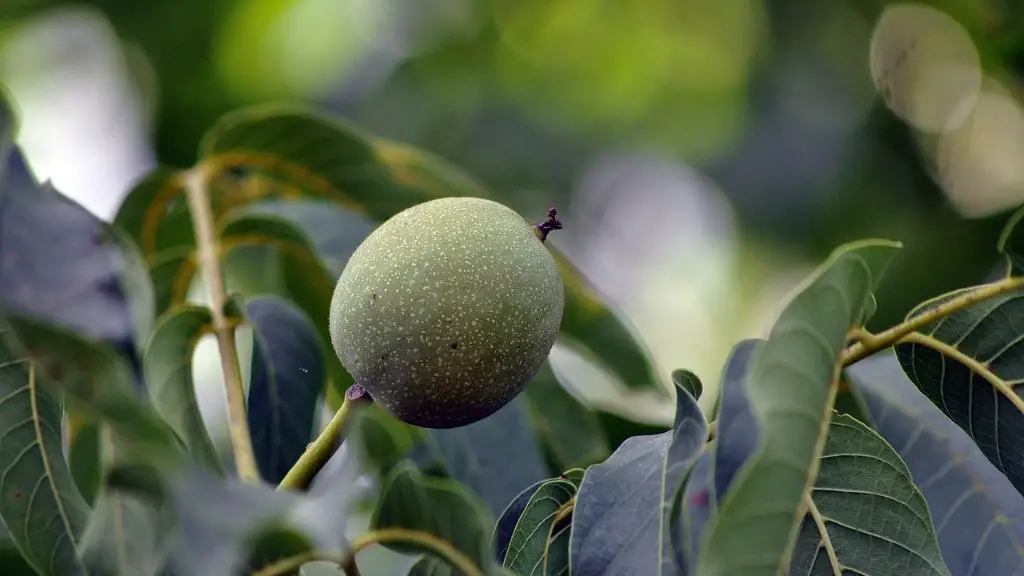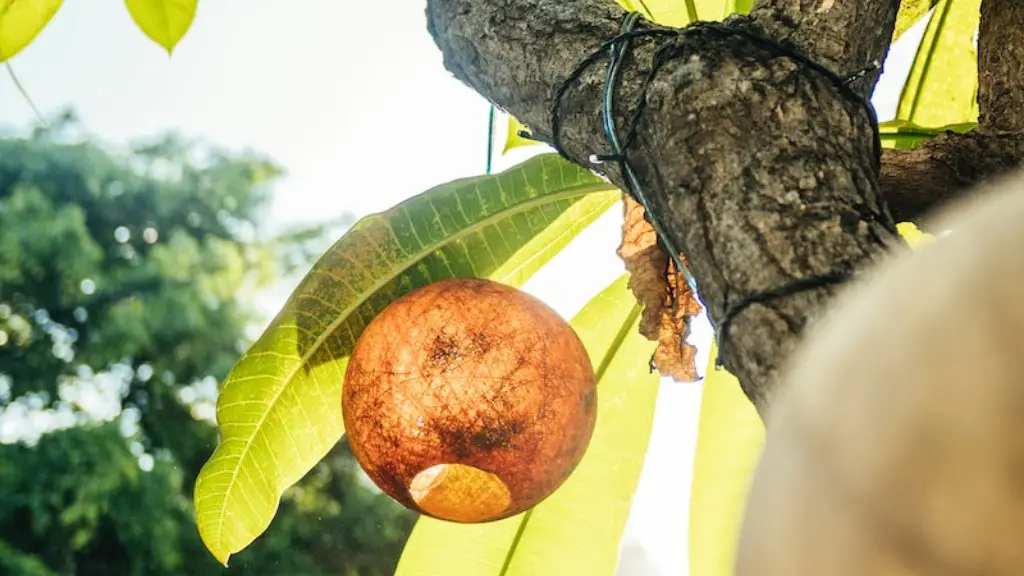Avocados are one of the most popular fruits in the world and a staple in many diets. Despite their popularity, you may not realize that growing an avocado tree can be tricky. It requires careful attention and a few special techniques to prune an avocado tree correctly. Follow these tips to get started on pruning your avocado tree and reap the benefits of a healthy and abundant harvest.
Location and Space
Start by finding the perfect place for your avocado tree. The tree prefers climates that are warm, humid and well drained. Avoid areas that frost. Keep in mind that when the tree gets larger, it needs more space for adequate ventilation and sunlight. Aim for a spot that is exposed to sunlight for six to eight hours a day. Also, try to avoid planting near taller trees, which could block the sunlight.
Selecting the Right Tools
Once you have found the right spot, prepare to prune your avocado tree. It is important to select the right tools to ensure a successful pruning process. For larger branches, use a saw or pruning shears. Always make sure that the saw you use is sharp. This will make cutting through the wood easier, and reduce the chances of damaging the branches. For smaller twigs and leaves, you can use hand pruners. There are a variety of types of hand pruners such as bypass, anvil and ratchet hand pruners. Bypass pruners are great for precise, clean cuts. Anvil pruners are better for cutting branches that are thicker than ¾ of an inch. Ratchet pruners are great if you want a dry cut without putting too much strain on your hand.
Timing Matters
Understanding the timing of pruning is key to a successful pruning job. Start pruning the avocado tree in late winter or early spring. This will reduce the chances of encouraging fungal issues or pests. Also, pruning in the spring time will help address any problems that have occurred during the previous growing season. During the pruning, focus on removing dead and diseased branches and twigs. This will help give the avocado tree more air circulation and light. Additionally, make sure to prune any branches that are growing into each other or are rubbing.
Pruning The Right Way
When pruning your avocado tree, it is important to remove the branch completely. This ensures that the plant is left with a healthy growth structure. When cutting, it is best to go slightly past the branch collar so that you can avoid leaving any stubs. Additionally, it is important to remove any shoots that are growing around the trunk of the tree. This helps promote a healthier and bolder appearance.
Maintaining Your Tree
When the pruning process is complete, you will want to focus your attention on keeping the tree healthy. That requires monitoring the tree for signs of pests or diseases, such as yellowing leaves, molds, weak branches, or caterpillars. If you notice any of these issues, treat it with an appropriate pesticide or fungicide. Additionally, make sure to water the tree deeply and evenly. Also, apply a fertilizer every three to four months to help the tree stay healthy and productive.
Preventive Care
To help your avocado tree stay healthy and productive, take preventive measures. Keep branches trimmed back to prevent them from becoming too heavy and breaking. Also, inspect the tree for signs of infection and remove any infected branches immediately. This will help reduce the chances of the infection spreading.
Encouraging Healthy Growth
When pruning an avocado tree, aim to create an open center. This will help promote air flow and ensure light reaches the inner parts of the tree. To create an open center, prune off branches that growing inward or are competing against one another. Additionally, if there are multiple stems at the base of the tree, keep the strongest and remove the weaker ones. This promotes healthy growth throughout the tree and will reduce the chances of disease.
Regular Pruning
By pruning the avocado tree regularly, not only will you maintain its shape, but you will also increase the yield of fruit. Every winter, prune a few branches to open up the tree center and maintain a good shape. Additionally, thin out any overly dense branches, so there is good airflow and enough space for the fruit to grow. Pruning off any branch that has more than three seamed fruits will also help to increase the fruit produced.
Keep in Mind
Finally, when pruning an avocado tree, keep in mind that over-pruning can have negative effects. If the branches are cut too low, it can leave the tree unable to produce fruit or may encourage diseases or pests. For this reason, it is important to monitor the tree closely and prune as minimally as possible.
Dormant Pruning
Avocado trees can benefit from dormant pruning, which is the practice of pruning a tree in the winter. During this time, the foliage of the tree will be dropped and the tree will enter the dormant period. At this time, you can prune the tree without damaging it. You should remove any excess branches that are blocking light from getting to the rest of the tree. Additionally, it is good to cut off any parts of the tree that are dead. This will also help air circulation.
Additional Care
In addition to pruning, it is important to give the avocado tree additional care to ensure a healthy harvest. Prune the tree periodically and water it regularly. Also, use a tree wrap or mulch to protect it from extreme weather. Finally, use a fertilizer with a higher potassium content every six weeks to encourage flowering and fruit production.
Creating an Airy Canopy
When pruning an avocado tree, it is important to create an airy canopy to promote air circulation and light exposure. This will help the tree stay healthy and reduce the chances of disease. To do this, prune off branches that are growing inward and competing against one another. Also, cut off any branches that are growing too close together. This will create an open center and help promote light and air circulation.
Identifying Unhealthy Branches
It is important to identify any unhealthy branches before they cause too many problems. Healthy branches should have a uniform color and should remain flexible when bent. Any branches that are dry, brittle, or discolored should be removed to prevent the spread of any diseases. These branches should be removed at the union with the main stem. Additionally, prune off any shoots that are wound around the trunk and branches as these can sap energy from the tree.
Proper Disposal of Waste
After pruning off any unhealthy branches, it is important to properly dispose of the waste. It is best to avoid burning the branches and leaves as this can be hazardous to your health. Instead, use a shredder or pitchfork to chip away the debris. Once you have gathered up all of the debris, it should be disposed of in a municipal waste container. This will help reduce the spread of any diseases and pests within your garden.
Annual Pruning
To maintain the health of your avocado tree, it is best to prune it annually. This will help remove any dead wood and encourage vigorous growth. Additionally, pruning ensures that the tree has an open center and can receive an adequate amount of light and air flow. Always prune the tree in late winter or early spring to reduce the chances of disease or pests. Additionally, ensure that you use the right tools and dispose of the debris correctly.



